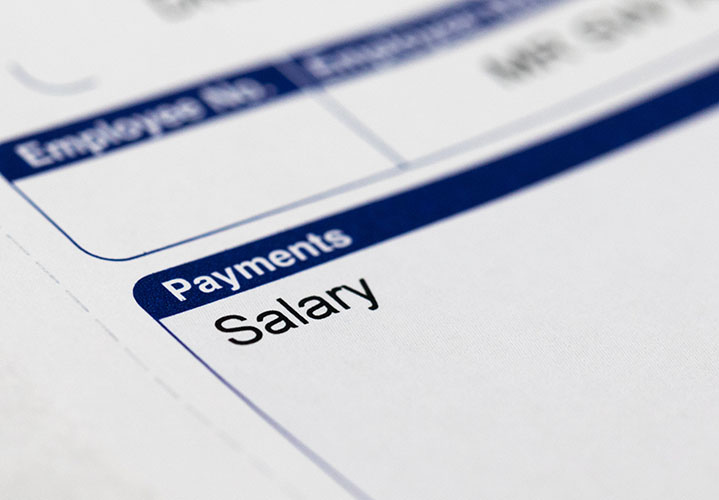CJRS – changes from 1 September 2020
When the Coronavirus Job Retention Scheme (CJRS) was introduced in March 2020, the government paid 80% of the wages of furloughed employees (up to a monthly cap of £2,500) together with employer National Insurance Contributions (NICs) and employer pension contributions. Employers were not required to contribute to the wage costs of furloughed employees, although could voluntarily “top up” their wages if they wished.
Since August, the government has begun to taper down the support provided under the CJRS and employers are required to contribute towards the wage costs of furloughed employees. The level of government support under the CJRS will taper down on a monthly basis until the CJRS closes on 31 October 2020.
From 1 September, the government will pay 70% of the wages of employees for any hours during which the employee is furloughed (up to a maximum monthly cap of £2,187.50). Employers are now required to top up employees' wages to ensure that they receive 80% of their wages (up to a maximum of £2,500) and are also required to pay employer NICs and employer pension contributions. The employer may choose to top up wages to 100% if they wish, but are not required to do so.
The monthly caps are proportionate to the hours during which an employee is furloughed (i.e. when not required to work). For an employee who is furloughed for all their usual working hours in September, the full caps will apply (i.e. the government will contribute a maximum of £2,187.50 towards the employee’s wages, and the employer will top up these wages to a maximum of £2,500). Where the employee is furloughed for only part of their usual working hours in September, the caps will be proportionate to the hours during which the employee is furloughed. For example, an employee who is required to work 60% of their usual working hours will be entitled to furlough pay that is capped at 40% of the £2,500 cap (i.e. £1,000) and the government’s contribution will be capped at 40% of £2,187.50 (i.e. £875).
From 1 October, the government will pay 60% of wages up to a cap of £1,875 for any hours during which the employee is furloughed. Employers will be required to pay employer NICs and pension contributions and top up employees’ wages to ensure they receive 80% of their wages (up to a cap of £2,500) for any time they are furloughed. Again, the caps will be proportionate to the hours during which the employee is not required to work.
HMRC contacting employers to combat furlough fraud
HMRC has begun contacting employers whom it believes may have received grants in excess of the amounts to which they are entitled. It is estimated that 3,000 employers may have been contacted because they have submitted apparently erroneous claims or, where employers’ (or their employees’) circumstances have changed after submitting a claim such that they are no longer entitled to retain the grant. For example, in circumstances where an employee has left the employer’s employment, but the employer continues to receive a grant in respect of that employee. Letters received by employers from HMRC encourage employers to review all claims submitted under the CJRS and to notify HMRC of any overpayments.
Government guidance requires employers to pay any excess grant back to HMRC where an error is made which results in the employer receiving an excessive grant, or where the employer does not use the grant to pay their employees’ wage costs. Employers have up to 90 days from the date of receiving the erroneous grant, or from the date on which the relevant circumstances changed, in which to return any overpayment (subject to a final notification deadline of 20 October 2020) or risk a penalty being imposed.
Additional guidance confirms that HMRC will not be actively looking for innocent errors in its approach to compliance, but instead prioritising deliberate non-compliance and criminal attacks. HMRC will not sanction employers who did not know that they had received an overpayment under the CJRS at the time they received the grant, or at the time that their circumstances changed resulting in ineligibility, provided that the employer repays any overpayments within the relevant time period. For a sole trader or a partner, the relevant time period ends on 31 January 2022. For a company, the relevant time period ends 12 months from the end of the company’s accounting period.
It is reported that HMRC intends to contact approximately 27,000 organisations in total, representing 2% of employers who have claimed under the CJRS.

 Sarah Taylor
Sarah Taylor